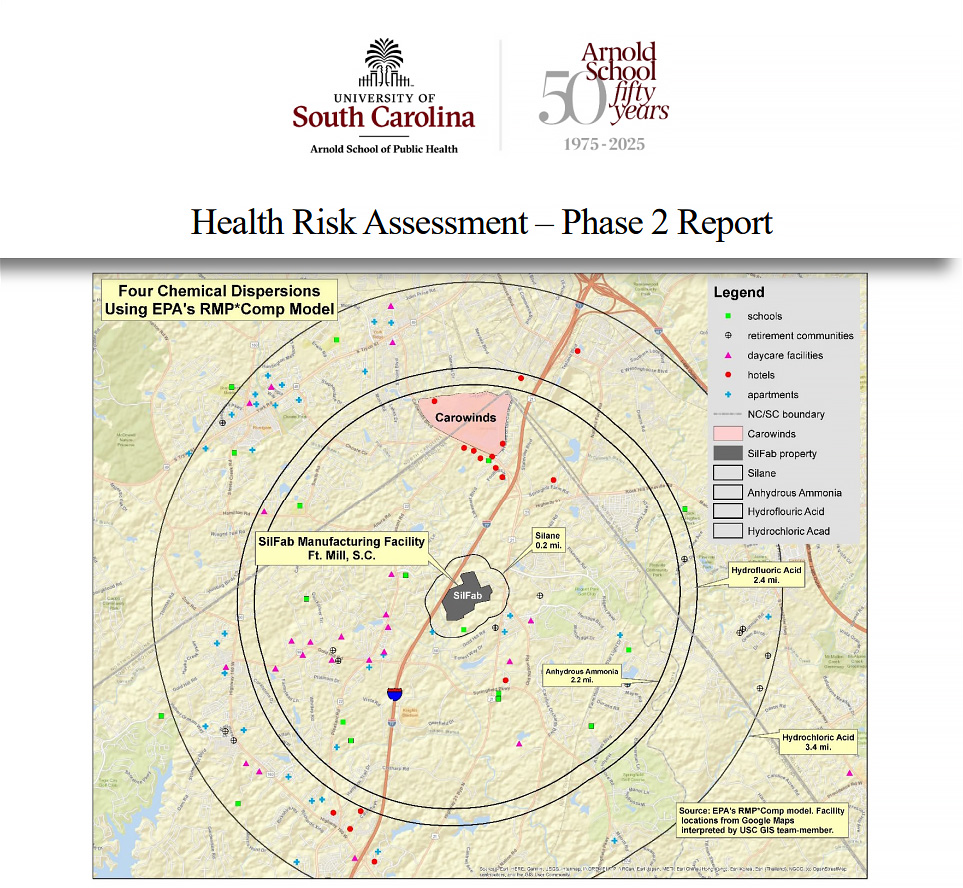 York County has officially claimed the top spot for wealth in South Carolina. Tega Cay, perched along Lake Wylie, has been ranked #1 in Money Inc’s “30 Richest Places to Live in South Carolina”. The lakeside community boasts median household incomes between $131,000 and $186,435, home values from $316,500 to $490,399, and a remarkably low poverty rate of just 0.5% — the lowest in the state.
York County has officially claimed the top spot for wealth in South Carolina. Tega Cay, perched along Lake Wylie, has been ranked #1 in Money Inc’s “30 Richest Places to Live in South Carolina”. The lakeside community boasts median household incomes between $131,000 and $186,435, home values from $316,500 to $490,399, and a remarkably low poverty rate of just 0.5% — the lowest in the state.
Tega Cay’s appeal extends beyond its wealth. Its scenic lakefront views, recreation opportunities, and proximity to Charlotte make it one of the Carolinas’ most desirable suburban destinations.
Sitting just to the east of Tega Cay, Fort Mill was also ranked#7 statewide, praised for its strong incomes, high-performing schools, and proximity to Charlotte’s job market.
 However, the future prosperity of Fort Mill may be in jeopardy. In what was recently ranked as the #1 most significant renewable fight in America, Fort Mill’s experimental 840,000 sqft Silfab factory could jeopardize the town’s reputation and safety if it becomes operational.
However, the future prosperity of Fort Mill may be in jeopardy. In what was recently ranked as the #1 most significant renewable fight in America, Fort Mill’s experimental 840,000 sqft Silfab factory could jeopardize the town’s reputation and safety if it becomes operational.
Local residents have filed multiple lawsuits against Silfab and York County, demanding the factory be relocated to a properly zoned heavy industrial site with adequate safety buffers. Despite these efforts, however, many Fort Mill families have begun moving away, fearing potential accidents or chemical exposure if the facility proceeds as planned. The Rock Hill Herald has even described it as a ‘mass exodus’ within 1 mile of Silfab plant.
In response to community concerns, the University of South Carolina conducted an Off-site Consequence Analysis (OCA) evaluating worst-case chemical release scenarios from the Silfab facility. The report identified multiple hazardous substances including 26,456 lbs of Silane gas, 22,000 lbs of anhydrous ammonia gas, 10,560 gallons of hydrochloric acid, and 15,850 gallons of hydrofluoric acid – all of which could pose catastrophic health and environmental risks if accidentally released or spilled.
In addition to the 4 chemicals USC analyzed, Silfab’s own filings state that they plan on storing and using large quantities of numerous other extremely toxic and explosive chemicals, including; 9,198 lbs of sulfuric acid, 1,945 lbs of phosphorus oxychloride, 1,540 lbs of boron trichloride, 951 lbs of trimethylaluminum, 63,360 lbs of nitrous oxide, and 13,000 gallons of liquid oxygen.

For now, York County remains South Carolina’s crown jewel of prosperity but residents say that without proper zoning enforcement, safety measures, and environmental oversight, that title could be at risk.


